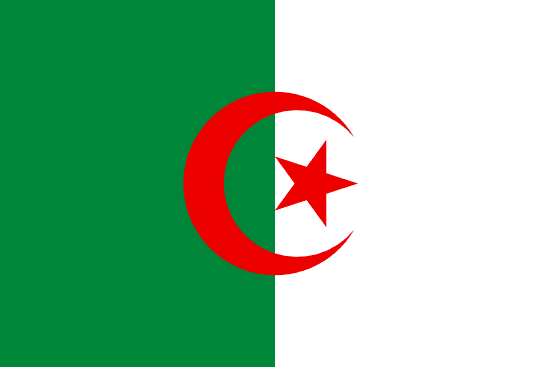"ثقافة الأمازيغ, روح الجزائر | Amazigh culture, the spirit of Algeria"
About:
Batna, Algeria, was founded by the French in 1844 as a military fort. It played a significant role in the Algerian War of Independence (1954-1962). Post-independence, Batna developed into a major urban centre, becoming the 5th largest city in Algeria. It's known for its rich history, cultural heritage, and as a hub for the Chaoui ethnic group. Today, Batna is a significant economic, educational, and transportation hub, with industries including agriculture, textiles, and electronics.
When to visit:
Batna, located in northeastern Algeria, experiences a Mediterranean climate with hot, dry summers and mild, wet winters. The best time to visit Batna for a holiday is during the spring months of March to May when the weather is pleasantly warm and the landscape is lush and green. This period offers ideal conditions for exploring the city's historic sites, such as the Roman ruins of Timgad and the picturesque Ghoufi Canyons. Summer can be quite hot, so visiting in spring allows for a more comfortable and enjoyable experience in Batna.
When to avoid:
The worst time to travel to Batna, Algeria on a holiday is during the summer months of June to August. This period is characterized by scorching temperatures that can reach well over 100 degrees Fahrenheit, making outdoor activities extremely uncomfortable. Additionally, these months coincide with the peak of the tourist season, resulting in crowded attractions and higher prices for accommodations. It is advisable to avoid traveling to Batna during this time if possible, and consider visiting during the cooler months of spring or fall for a more pleasant experience.
Winter (December - February)
Winter (December - February)
Spring (March - May)
Spring (March - May)
Language:
In Batna, Algeria, the most commonly spoken languages are Arabic and Tamazight. Arabic is the official language of Algeria, while Tamazight, the language of the indigenous Berber people, is also widely spoken and recognized as a national language. French is also used, particularly in business and education.




